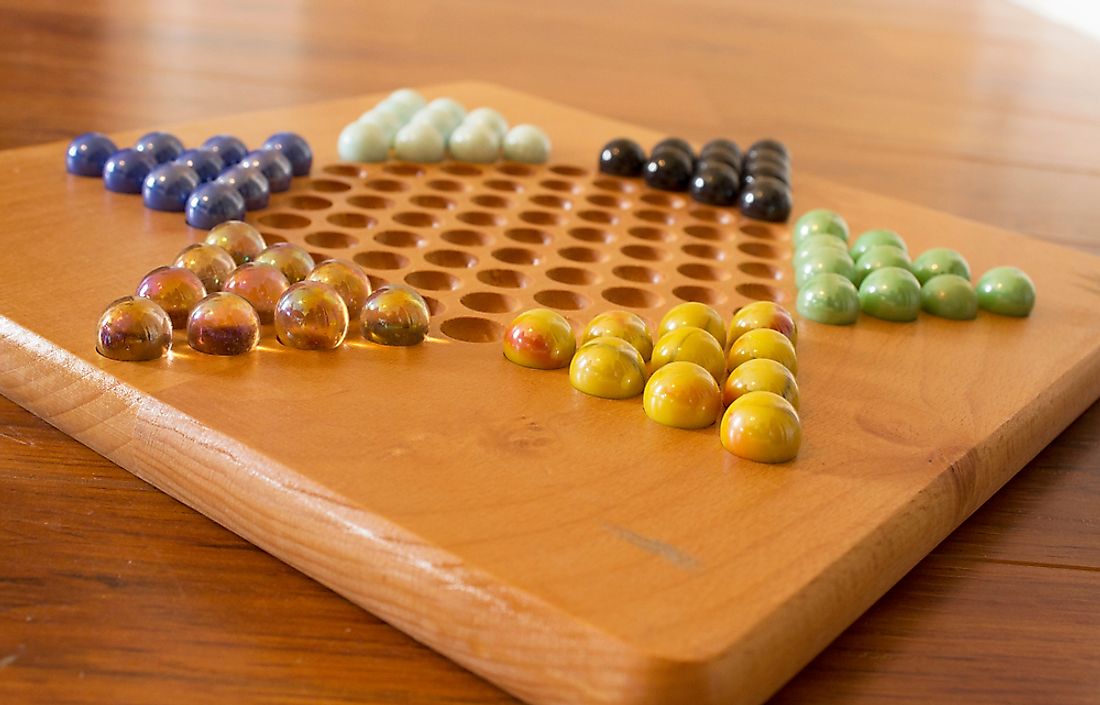Which Country Was Chinese Checkers Invented In?

Chinese checkers is a modern board game based on the American game Halma, but played on a star-shaped board that originated in Germany in 1892. The game was first produced by the German company Ravensburger as Stern-Halma, and was introduced to the United States as Hop Ching Checkers by the Pressman Toy Corporation. It was rebranded as Chinese checkers to take advantage of the rising interest in Asian products at the time. The Japanese are largely responsible for introducing the game to the Chinese-speaking world.
How to Play Chinese Checkers?
The game can be played by between two and six players, either with a partner or individually, and the goal is to be the first player to fill the home triangle with colored pegs. In a game of two players, each player has fifteen pieces, and if there are more than two players, each player uses ten pieces. Players take turns and move in a clockwise manner. When six or four players are involved, players can compete individually or form teams of two. If there are three players, they can each control either one or two sets of pieces, and in case of two players, they can each control up to three sets of pieces. Players can move their pieces step by step to available holes, or can hop over other pieces if a hopping chain is created. The most popular gameplay strategy is to utilize hopping to reach the home triangle or get as close to it as possible. Top players utilize a strategy that combines deterring opponents’ moves and creating hopping chains for themselves. Strategies also differ due to the number of players and whether or not a player’s home corner is occupied.
Types of Chinese Checkers
One variant of the game is fast-paced Chinese Checkers, which is particularly common in France. In this version, a piece can jump over several other occupied spots in a line to a symmetrical position on the opposite side. Players are not allowed to jump over more than one piece, which makes it a smart strategy to keep pieces grouped in order to prevent an opponent from making a long hop. Another popular variation is the capture variant, in which players compete to collect as many pieces as possible. In this variation, only hopping is allowed and the most often used strategy is to capture multiple pieces in one move after the board has been freed up. In South Korea and Japan, the most popular variant is the diamond game, which uses similar rules to the traditional Chinese checkers. However, only two or three players can play at a time. There are two versions of the diamond game which use ten pieces and fifteen pieces, respectively. The ten-piece version uses a board with 73 spaces, while the fifteen-piece version uses a board with 121 spaces.
The China Connection
Chinese Checkers has no connection to either China or traditional checkers. However, due to its simple nature, it remains a popular game. To date the game is still extensively played in Europe and parts of East Asia, and it is a great recreational activity for many people.











